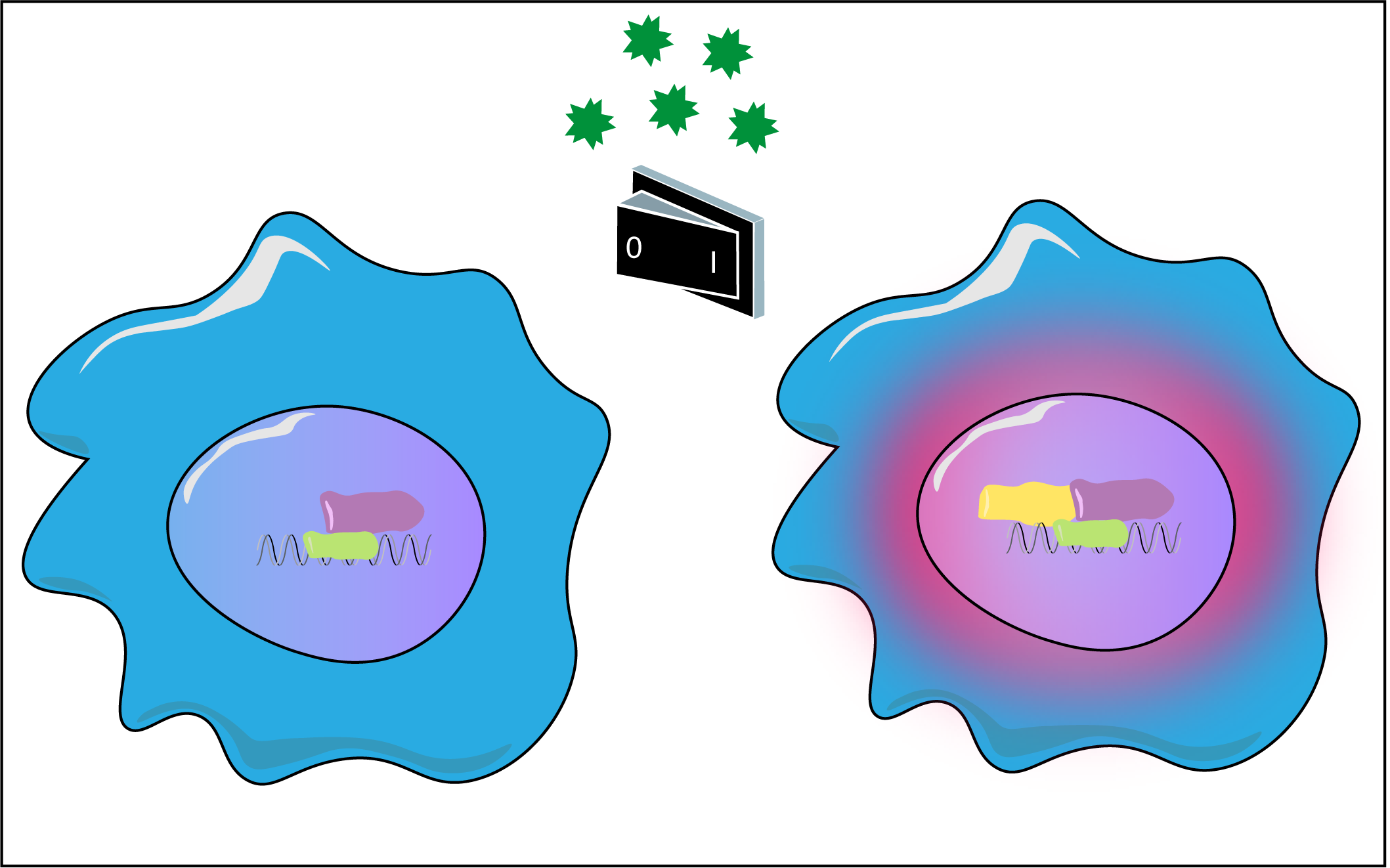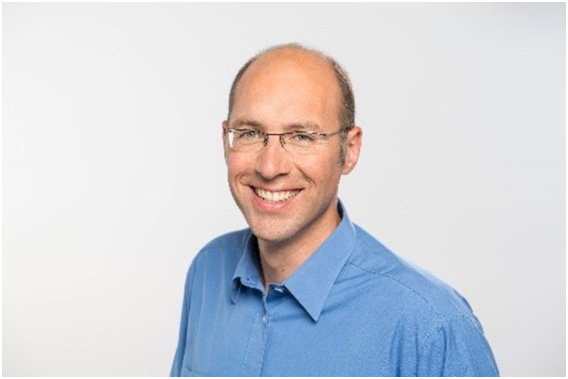Langerhans cell histiocytosis (LCH) is a rare disease that mainly affects small children. It occupies a hybrid position between cancers and inflammatory diseases, which makes it an attractive model for studying cancer development. While LCH can heal itself in some patients, other cases require intensive chemotherapy with long-term consequences for the children. The reasons for these differences are hardly known. In a new study published in the journal Cancer Discovery, researchers from St. Anna Children's Cancer Research Institute (CCRI) and the Center for Molecular Medicine of the Austrian Academy of Sciences (CeMM) uncovered important insights into the cellular heterogeneity and molecular mechanisms of LCH.
Caroline Hutter, pediatric oncologist at St. Anna Children's Hospital, observed a remarkable heterogeneity between LCH cells when examining LCH lesions under the microscope. In order to investigate this diversity in detail, she assembled an interdisciplinary team of experimental and computer researchers from CCRI and CeMM, as well as physicians from St. Anna Children's Hospital and General Hospital in Vienna. Caroline Hutter's aim is to answer two fundamental questions: What are the mechanisms behind LCH and how can we improve the treatment of children affected by this disease?
LCH lesions were analysed in the laboratory of Christoph Bock (CeMM), by Florian Halbritter (now at CCRI) and Matthias Farlik (now at the MedUni Vienna), with sufficient resolution to identify the molecular patterns of individual cells in detail and to develop a comprehensive "map" of cellular heterogeneity in LCH. On this molecular map, the team identified several subtypes of LCH cells. Among them was a group of actively dividing cells that are believed to be the precursors of other LCH cells. The team deciphered the molecular signalling pathways that are active in different branches of this unexpected developmental hierarchy, highlighting an interplay of developmental, immunological and oncogenic mechanisms in LCH. In the future, these findings could help to better differentiate between severe and less severe cases of the disease and even open up new treatment options.
Published in Cancer Discovery
Florian Halbritter, Matthias Farlik, Raphaela Schwentner, Gunhild Jug, Nikolaus Fortelny,
Thomas Schnoller, Hanja Pisa, LindaChristina Schuster, Andrea Reinprecht, Thomas Czech,
Johannes Gojo, Wolfgang Holter, Milen Minkov, Wolfgang M Bauer, Ingrid Simonitsch Klupp, Christoph Bock and Caroline Hutter
Doi:10.1158/2159-8290.CD-19-0138

